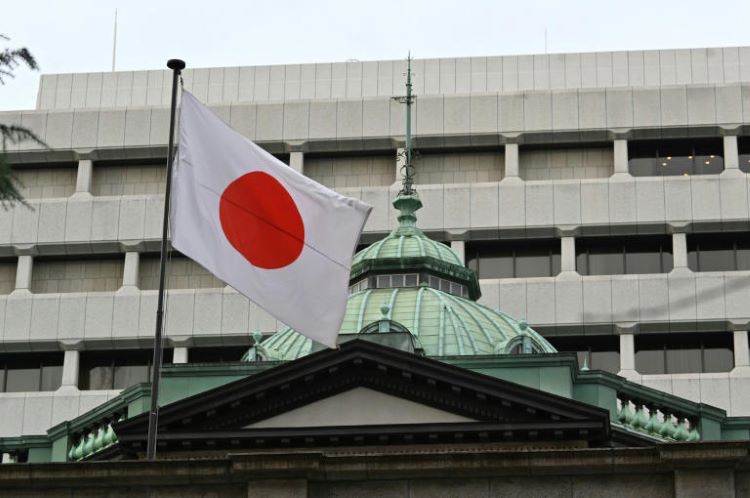In brief
- In its statement, the BOJ indicated the possibility of decreasing its purchases of Japanese government bonds following the upcoming monetary policy meeting, set to take place on July 30 and 31.
- During the intermeeting period, the BOJ announced its intention to gather input from market participants and develop a comprehensive plan to gradually decrease its purchase amount over the next one to two years.
Similar to a quantitative analyst, the Bank of Japan decided to maintain its benchmark interest rate on Friday. However, it hinted at the possibility of reducing its purchase of Japanese government bonds.
The central bank maintained short-term rates at between 0% and 0.1% at the conclusion of its two-day policy meeting, in line with market expectations.
However, it is worth mentioning that the bank stated in its statement that it may decrease its purchases of Japanese government bonds following the upcoming monetary policy meeting, which is set to take place on July 30 and 31.
The decision was made with a majority vote of 8-1, with board member Nakamura Toyoaki expressing dissent.
Toyoaki supports a reduction in JGB purchases but believes that the BOJ should make this decision after carefully evaluating the economic activity and price developments in the upcoming July 2024 outlook report, which is scheduled for release on July 31.
Prior to the upcoming meeting, the BOJ announced its intention to gather input from market participants and formulate a comprehensive strategy for gradually decreasing its purchase amount over the next one to two years.
Continued purchases of JGBs, commercial paper, and corporate bonds are expected, as determined in the March monetary policy meeting.
After the BOJ decision, the Japanese yen lost 0.52% against the U.S. dollar, settling at 157.84. Meanwhile, the yield on 10-year JGB dropped by 44 basis points to 0.924.
The Nikkei 225 benchmark experienced a positive turnaround, rising by 0.68%, while the Topix also saw a 0.71% increase.
Daring policy manoeuvres. In March, the BOJ made a significant policy change by raising interest rates for the first time in 17 years. This move marked the end of the world’s last negative rate regime and also involved the removal of the yield curve control policy.
Nevertheless, the central bank announced its intention to maintain its monthly purchase of JGBs at around 6 trillion yen ($38.17 billion).
According to a note by advisory firm Teneo published on June 13, large-scale purchases of JGBs had the effect of stabilising 10-year JGB yields at around the 1% level. However, it also indirectly put additional downward pressure on the weak yen.
Source : CNBC News




